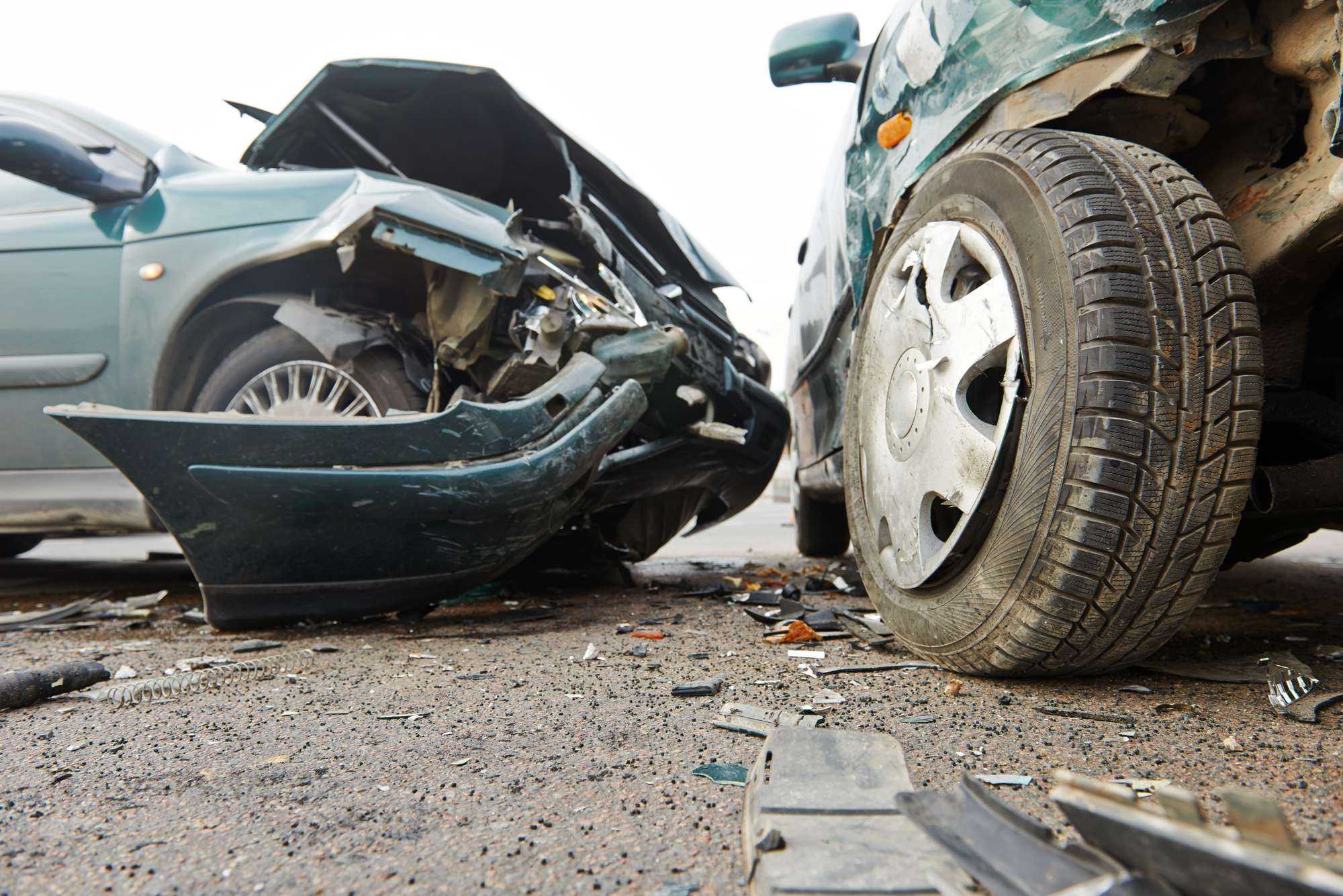BY ANDREW STEWART
I too was financial illiterate. You see nobody is born understanding how the credit system works, how our tax system works, how to save money for the future or even the proper way to use money in our society. Just like learning our first words as a baby, its something that has to be taught, mimicked and used regularly. Growing up, I was that kid who naturally was a penny pincher. I would hoard all the pennies, nickels, quarters and dimes I would get from siblings, aunts, and uncles in a bucket. And I kid you not one of my favorite pass times was sitting in the basement just counting them over and over on the floor. So how do we grow from being financially illiterate to being financially literate?
What is financial literacy?
To me, financial literacy should now be about mass education and understanding of various financial topics related to managing personal finance, money, taxes and investing. An understanding of the basic concepts in finance empowers people to make sound financial decisions. Without this knowledge, it can lead to people borrowing more and saving less. The financial system we live in is overwhelming, even for those professionals who are licensed and practicing in the industry. Each financial principle and concept about financial planning, compound interest, managing debt, profitable savings techniques, time and building wealth through real-estate you can find a million other subsections. The best advice I received as a young man trying to get a hold of my finances and one that I share with clients is. “Start first by knowing your numbers, you need to track how much is coming in and where it’s going out. Then make a plan to eliminate your debt if you have any.” Cause usually has the biggest phycological burden with most people.
How do you know you’re financially illiterate?
I spent all four years of college working. I also received OSAP to help pay for rent and part of tuition. This whole time that I had money coming in, I saved nothing and racked up credit card debt. Looking back, I realize I was financially illiterate during this time (and far beyond it) – I had received no learning at home or in school about how to manage or save money.
According to a study by Statistics Canada, 31% of those polled between the age of 45 to 60 said that their financial preparations for retirement were inadequate. Canadian households had average net savings of $852 in 2018 and Canada’s household debt is around 170% of disposable income. In other words, the average Canadian owes about $1.70 for every dollar of income he or she earns per year, after taxes. What these statistics impress upon you is that you are not alone in this issue.
Here are some signs that you too might be financially illiterate (and not even know it!)
1) One sign of being financially illiterate is focusing much more on what you want to buy, rather than what you need to pay for. Differentiating between needs and wants is a huge part of becoming more financially literate. The financially literate know that needs and some wants should be prioritized when budgeting and spending each month.
2) Second, you splurge regularly or spend without thinking and justify it as “I deserve this.” While yes there are instances when we should treat yourself, acting on this thought on a regular basis is a sign of being financially illiterate. One thing I do is constantly tell myself, “Nice things will always be around.” It helps me get over the scarcity mindset.
3) Third, you use credit cards for big and small purchases because you either don’t have the money for it or you don’t want to use your own cash. Some people charge small things (coffees, manicures, etc.), and this can add up (this was one of my bad habits). Making large purchases like vacations or new clothing is also a sign of financial illiteracy. Until you get your spending under control vow to only use credit cards in an emergency. Put them in a cup of water and freeze them to prevent impulse spending.
Are you financially illiterate? Maybe you are semi-literate when it comes to money? We are all in different stages when it comes to financial literacy. I will discuss more signs in part #2.


 Community News2 weeks ago
Community News2 weeks ago
 Community News1 week ago
Community News1 week ago
 Community News1 week ago
Community News1 week ago
 Community News1 week ago
Community News1 week ago
 Community News2 weeks ago
Community News2 weeks ago
 Community News1 week ago
Community News1 week ago
 Community News2 weeks ago
Community News2 weeks ago
 Community News1 week ago
Community News1 week ago
























